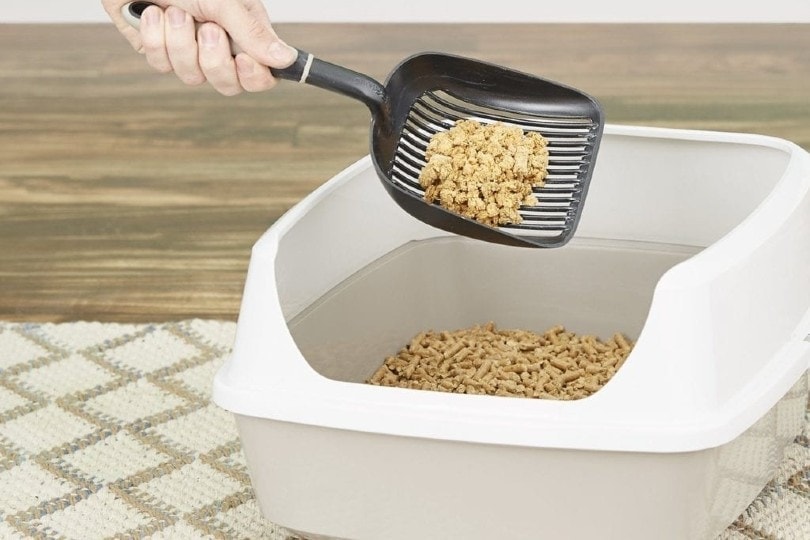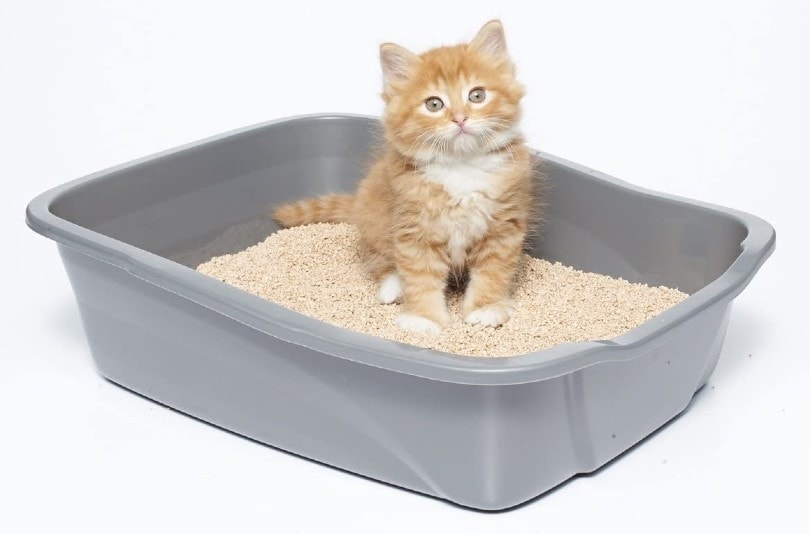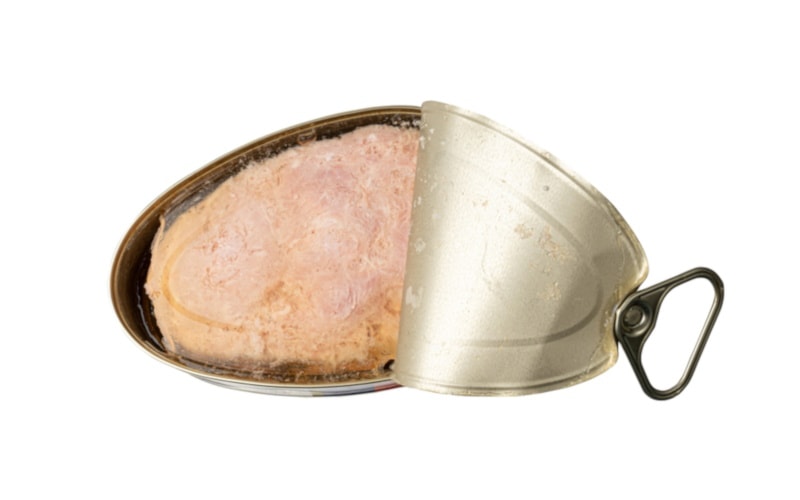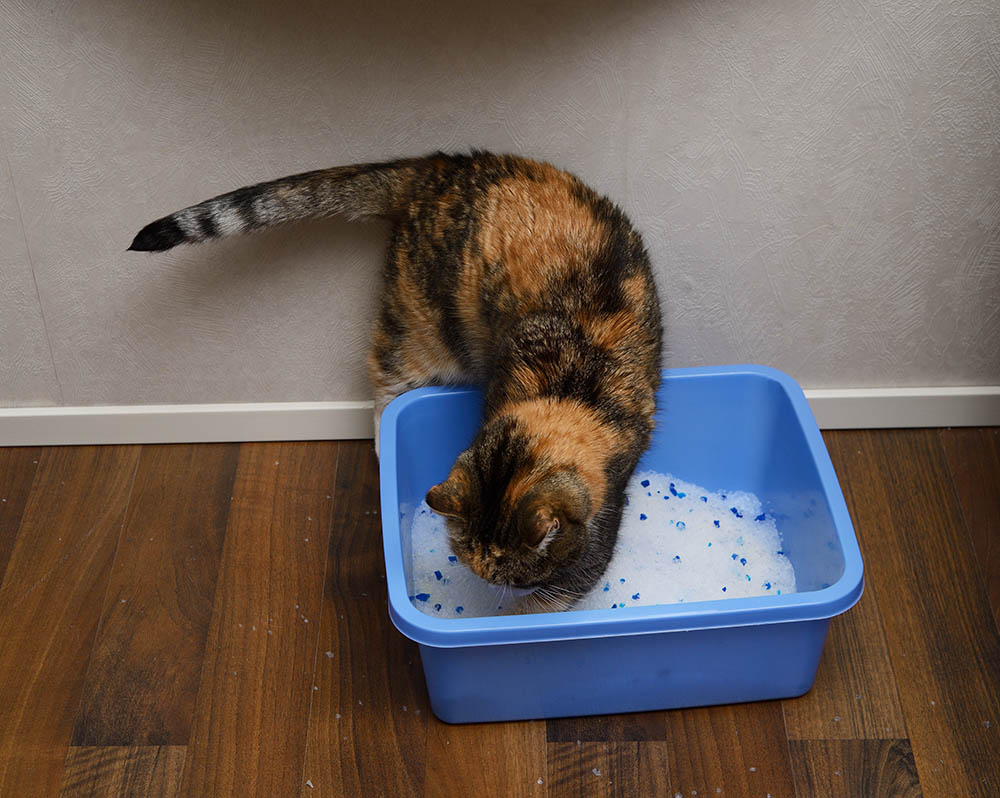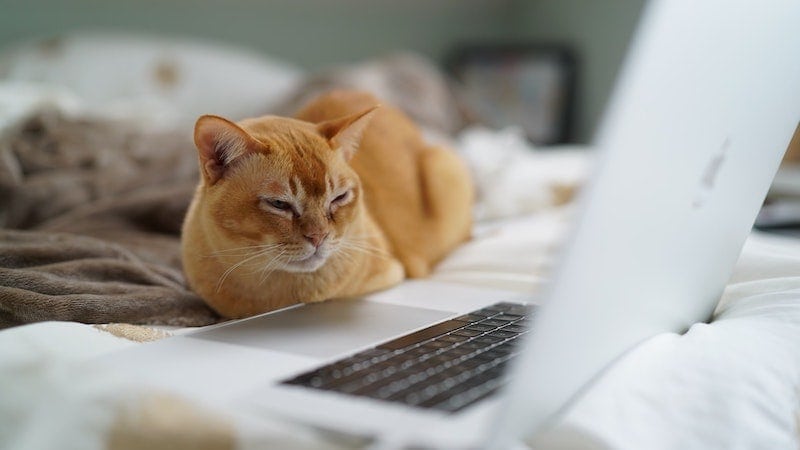9 Types Of Cat Litter: What Are The Differences? (With Pictures)
Updated on
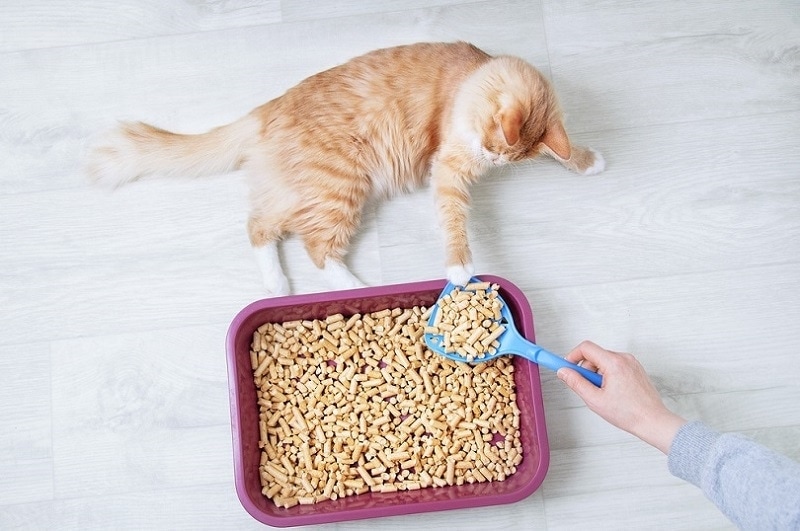
It’s the part of being a cat owner that no one likes to think about: dealing with all that litter. But you have to do it, so you just trudge down to the pet store, hurl a box of kitty litter in your cart, and head to the checkout line.
But what kind of kitty litter did you get? If you think that all kitty litter is the same, you are missing out on potentially superior options for your cat. There are nine different types of litter that are commonly used, and while they may seem similar, they have key differences that are worth exploring.
Getting the right cat litter can help the box stay fresher for longer and make it easier to clean, so it’s definitely worth it. Let’s look at all your options to see what’s best for your cat.
The 9 Types of Cat Litter
1. Clumping Clay
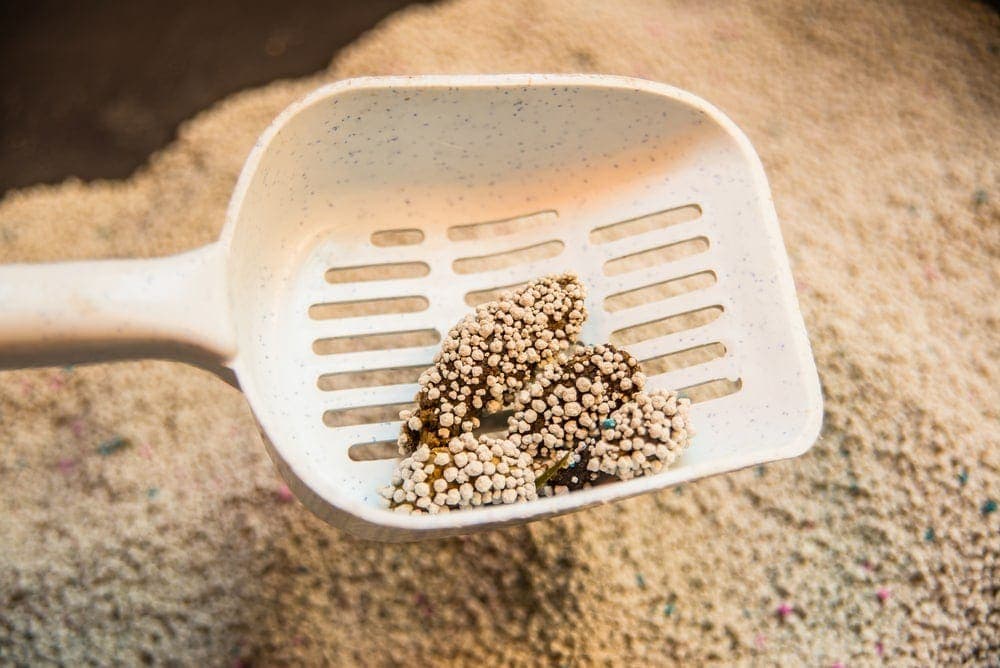
One of the most common types of cat litter, clumping clay is usually made of bentonite clay. When your cat uses it, the clay “clumps” together, trapping the waste in easy-to-remove chunks. Most clumping clay litters also contain silica, which helps trap liquid and keep the clumps from sticking, and an odor-control agent, like baking soda or charcoal.
Clumping clay is popular because it’s inexpensive, makes the litter box easy to clean, and helps control odors. However, it can pose a health risk to some cats. The silica dust has been known to cause upper respiratory infections, and if the clay sticks to your cat’s paws and they lick it off, it can swell inside their digestive tract, potentially causing a life-threatening issue.
It is also quite messy, as it can stick to your cat’s feet and fur, causing them to track litter all over the house.
Another issue is that mining bentonite clay can be harmful to the environment, so if you’re conscious about such things, you might want to switch to an eco-friendly litter.
2. Non-Clumping Clay
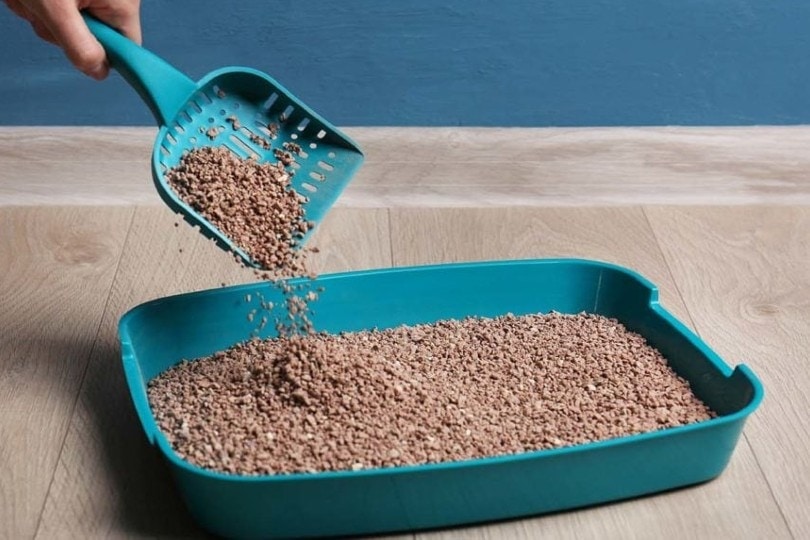
Non-clumping clay is similar to clumping clay, with one big difference: Instead of forming tight, easily removable clumps, the waste (especially urine) just soaks into the clay. This means you’ll have to replace the entire tray of litter frequently, at least once a week.
The box will be less tidy than it would be if you used clumping clay, and that may cause some cats to avoid using it. They’ll find a cleaner, less smelly place instead — like your closet. Many non-clumping litters also use baking soda or charcoal to control odors, but since the clay does most of the work in a clumping litter, you’ll only get so much value from masking the smell.
There are three main reasons that people use non-clumping clay litter: It’s incredibly cheap, it’s sold everywhere that cat supplies can be found, and it’s what they’ve always used. If you can afford it, though, you probably won’t regret switching to something that performs better.
3. Silica Crystals
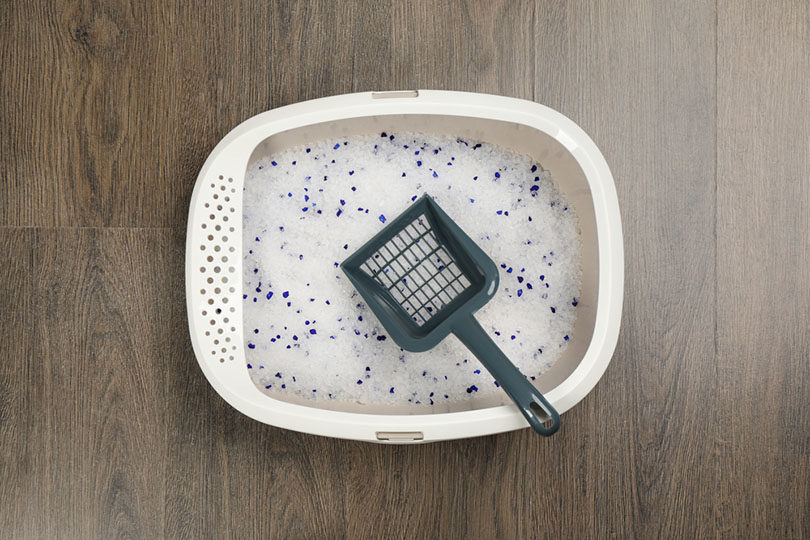
Silica crystals are excellent for absorbing moisture and controlling odors — that is why you will find packets of silica in brand-new shoes. In fact, silica can absorb a whopping 40 times its weight in moisture! It makes sense, then, that someone would think to use the stuff as a kitty litter.
Many silica crystals used in litter change colors as they become wet, making it easy to find the ones that have been soiled and scoop them out. The messes made by peeing cats tend to be smaller too, as the silica absorbs the liquid before it can spread.
As a result, silica crystals tend to last longer than most other types of litter, and you won’t need to replace the entire tray nearly as often. They’re a moderately priced solution, but since you get so much life out of each box, they may end up being cheaper than clay in the long run.
The biggest issue that most owners have with silica crystals is the texture. The crystals can be rough and uncomfortable on cats’ feet, and some kitties may not be willing to step on them in order to do their business. It’s best to start a cat out with silica as a kitten than to try to transition them later in life.
4. Pine-Based
Pine-based litters use sawdust that’s collected as waste from lumber mills. The wood is treated to remove oils, odors, allergens, and other pollutants, and then it’s tightly squeezed into little pellets or shavings.
The texture of the litter makes a difference. Shavings and granules both clump exceptionally well, while pellet-based pine litter doesn’t clump well at all. However, the pellets break down into sawdust as they’re used, making them easy to clean.
The pine smell is usually so strong that it drowns out any other odors, which means you’ll have to decide which odors that you’d prefer to deal with. Pine litter is one of the cheapest natural litters, and it doesn’t create dust when your cat kicks it around or you scoop it up.
5. Corn-Based
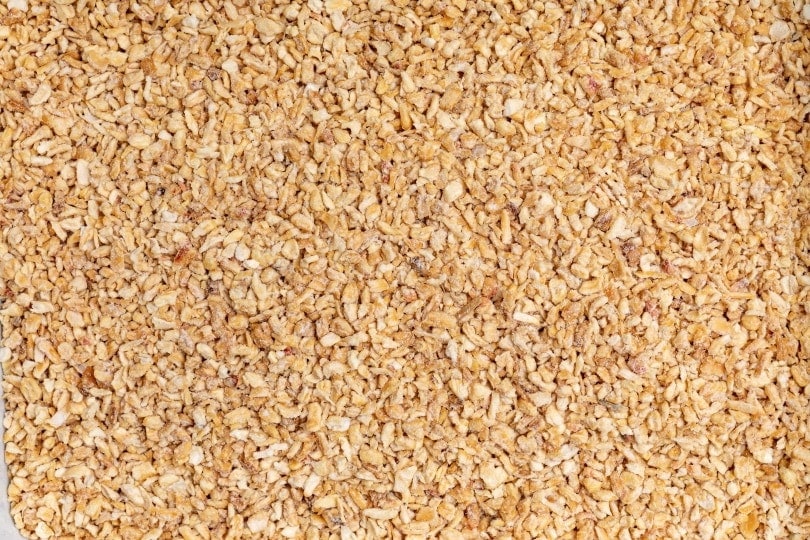
Corn-based litter is completely biodegradable, so many owners just choose to flush it rather than scoop it into bags. It clumps extremely well, and many feel it that even exceeds clumping clay in this regard.
While the clumping makes it easier to clean, it doesn’t do much in terms of odor control. That means you’ll need to clean the box more frequently than you would with other litters, and since it’s a pricier option, that can add up quickly.
The litter creates a large amount of dust, making it a messy option. If you or your cat have respiratory issues, you may not be able to handle a corn-based litter.
6. Walnut-Based
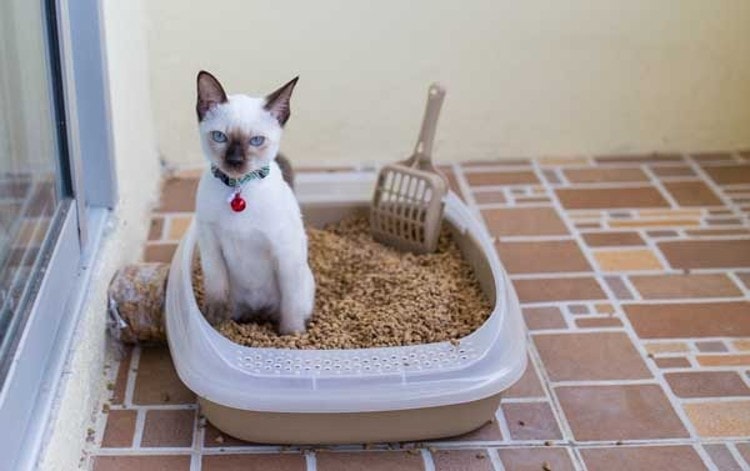
This litter is made from crushed walnut shells, which is something of a surprising choice. The shells come from walnut-processing plants, so what would otherwise simply be waste gets repurposed into something useful.
Like pine-based litter, there are different formulations of walnut-based litter, including fine-textured, coarse-textured, and pellets. The coarse-textured stuff clumps the best, but the texture may be off-putting to some cats.
Walnut-based litter can do a good job of controlling odors — eventually. It takes longer to neutralize smells than many other options, so you’ll have to suffer a little bit before it takes effect.
As with many other natural litters, walnut-based litter is eco-friendly and biodegradable, so you can flush it when your cat’s done with it.
7. Wheat-Based
Yet another litter made from something that would otherwise go to waste — in this case, wheat that’s not fit for human consumption — wheat-based litter is biodegradable, although it’s usually not flushable. There are a few brands you can flush, but those generally require you to soak the litter first, so it’s not that convenient.
It has many advantages, specifically that it’s cheaper than many other natural litters and clumps well, and it does a decent job of controlling odors. The problem is that many cats have issues tolerating wheat if they ingest it, and if you switch to a wheat-based litter, they’re going to ingest it sooner or later.
8. Paper
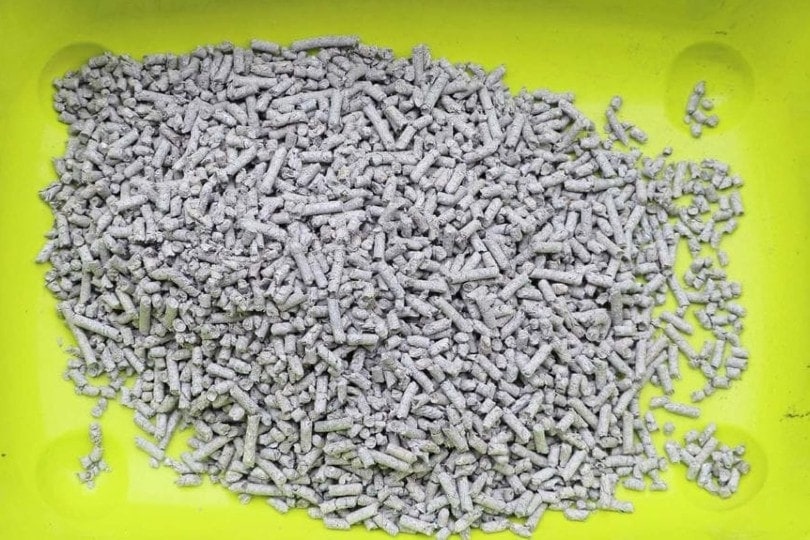
You can find recycled paper litter in most pet stores, as it’s also used for guinea pigs, rabbits, and other pets. If you have a multi-pet household, using paper for every animal may be a cheap and convenient solution.
This is a dust-free option, making it ideal for cats with health issues. It’s usually sold in large pellet form, making it easy to clean, and it’s an inexpensive option.
While it’s not flushable, you can compost it or simply toss it in the trash. It clumps well enough, but you shouldn’t expect much in the way of odor control, so you’ll likely need to change it more often than some other litters.
9. Grass Seed
Grass seed is incredibly small and lightweight, so if you’re tired of lugging giant, 40-pound boxes of clay around the store, you’ll love this stuff. It clumps well and is easy to scoop. While it does a good job of controlling odors, the inside of your house will start to smell like the outside of your house after a while.
It has an extremely forgiving texture, so cats are more likely to use it than, say, walnut or pine. This makes it as popular with cats as it is with people. However, that may be because cats don’t have to pay for it, as this is one of the pricier types of litter.
Are you tired of dealing with lingering bad smells from your pets? Our Hepper Advanced Bio-Enzyme Cat Litter Deodorizer uses bio-enzymes to naturally break down odors. It doesn't just work on cat litter! You can use this biodegradable, fragrance-free deodorizer on everything from kennels and cat carriers to garbage cans and diaper pails.
- Bio Enzymatic Cat Litter Freshener - Smart formulation uses natural ingredients eliminating cat...
- Save Money - Stuff for cats isn’t the cheapest. With this litter box odor eliminator, you’ll...
Which Litter Will You Use?
Some litters perform better in certain departments than others, so it’s simply a matter of deciding what’s important to you and then finding a litter that meets those requirements.
You’ll also need to make sure your cat likes it. Since you don’t want to change litters on them too often, make sure that whichever one you decide on is one that you’ll be able to keep providing them.
Ultimately, all these litters are just a means of distracting your cat from the most attractive litter of all: the insides of your shoes.
Featured Image Credit: Yuliya Alekseeva, Shutterstock


